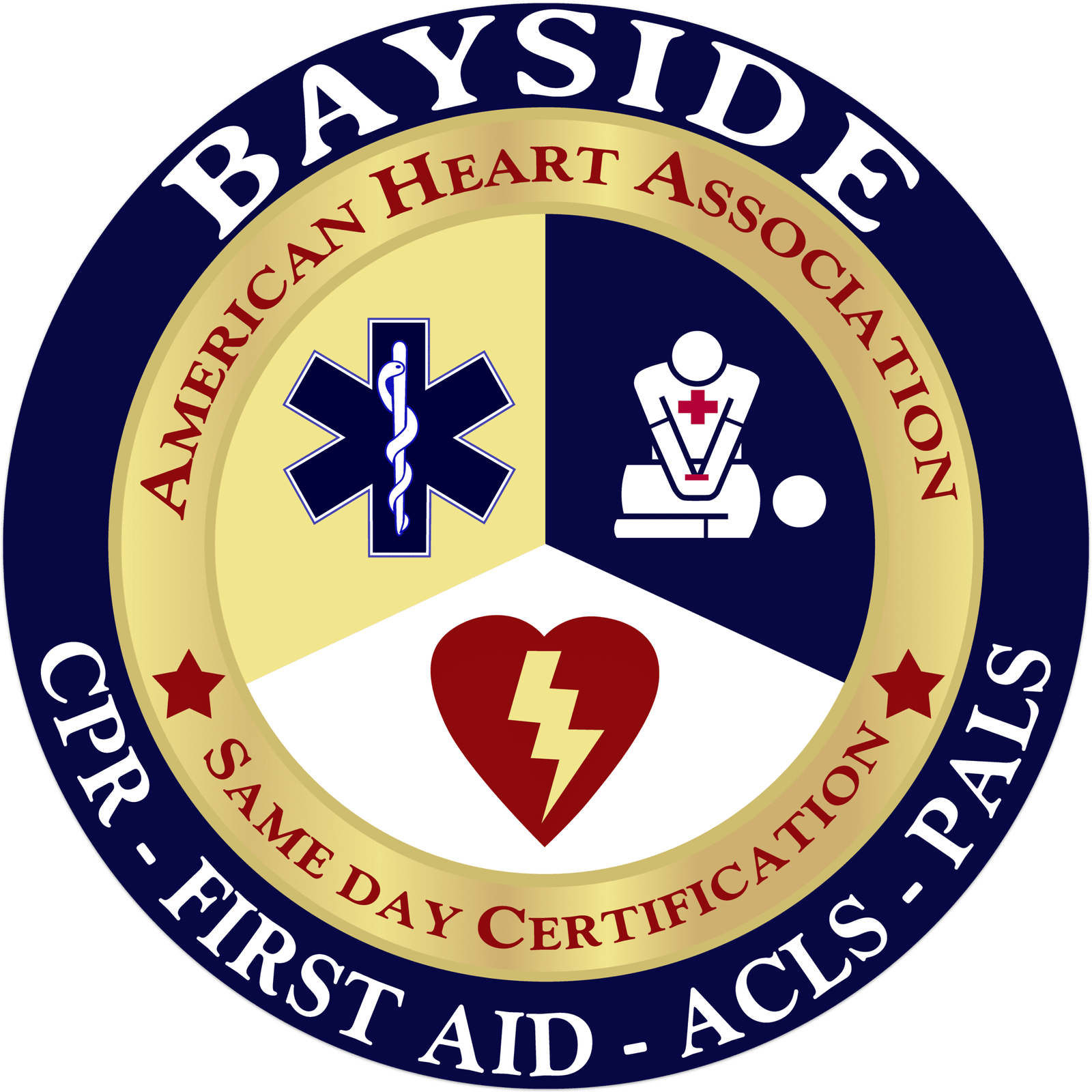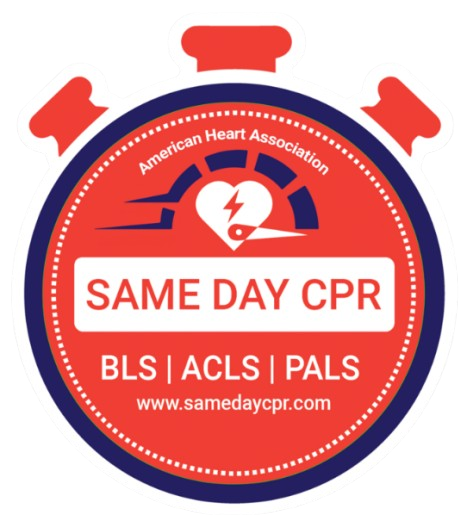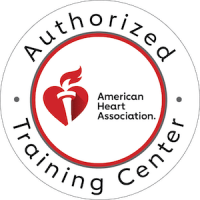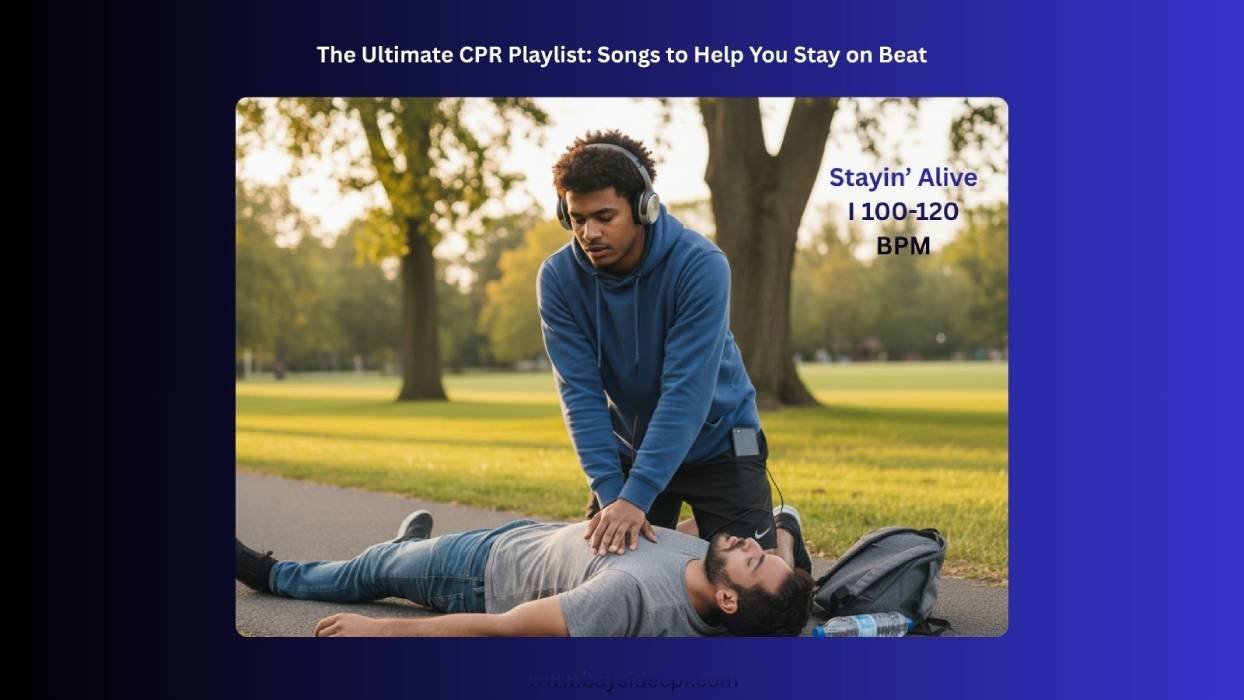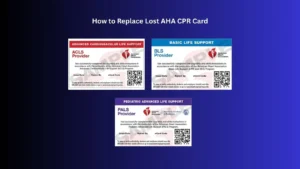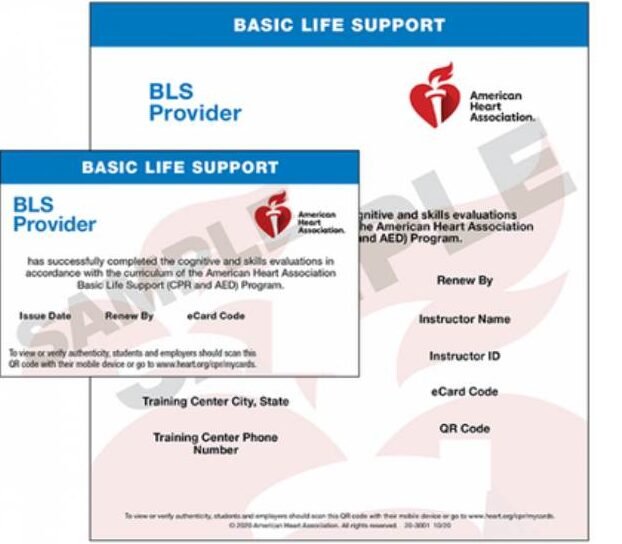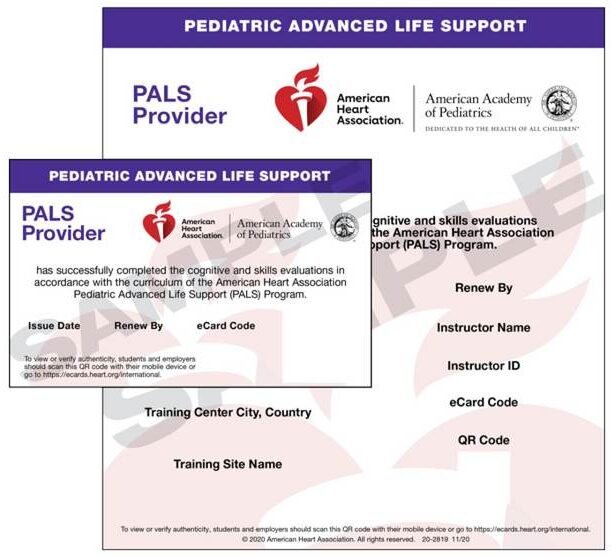Ever wondered how to keep the right rhythm during CPR (cardiopulmonary resuscitation)? Music might be the secret. The right song can help you stay calm, focused, and on beat while giving chest compressions. Studies show that certain tunes match the perfect tempo for effective CPR. So whether you’re a trained responder or someone who wants to be prepared, having a “CPR playlist” can make all the difference. Let’s explore how your favorite songs can help you save a life while keeping the right pace.
Why Rhythm Matters in CPR
When performing CPR, rhythm matters more than most people realize. The goal is to keep blood flowing through the body by pressing on the chest at a steady pace. Studies show that a rate of about 100 to 120 compressions per minute helps the heart move enough blood to keep the brain and organs alive until help arrives. If the rhythm is too slow, the body doesn’t get enough oxygen; too fast, and the compressions lose their depth and power. That’s where the beat of a good song comes in. Music with the right tempo helps you stay consistent and confident, turning rhythm into a powerful tool for saving lives.
Also, Read: How Can You Achieve a High Chest Compression Fraction?
How to Use Music During CPR
When an emergency strikes, you won’t have time to grab your phone and hit play, and that’s okay. What matters is that you’ve got a song in your head that keeps your hands moving at the right rhythm. Humming or silently counting to your favorite beat can help you stay calm and consistent during CPR.
The best way to prepare is through practice. Try using these certified songs during CPR training or even at home with a pillow or CPR manikin. It’s a simple, fun way to get comfortable with the right pace before you ever need to use it.
Note: Pick your favorite song between 100 and 120 BPM and practice compressions to the beat; you’ll build muscle memory that can make all the difference in a real emergency.
The Ultimate CPR Playlist (100–120 BPM Songs)
The songs on this list are between 100 -120 beats per minute, the same rate at which you should perform compressions when administering CPR. Source: American Heart Association (AHA).
| Song | Artist | Genre | BPM | Why It Works for CPR |
|---|---|---|---|---|
| Stayin’ Alive | Bee Gees | Disco / Pop | 104 BPM | The classic CPR anthem, steady beat, near-perfect compression pace, and fitting “Stayin’ Alive” theme. |
| Uptown Funk | Mark Ronson ft. Bruno Mars | Funk / Pop | 115 BPM | Funk groove provides a clean 4/4 rhythm, easy to sync compressions to. |
| Billie Jean | Michael Jackson | Pop / Funk | 117 BPM | Strong, iconic beat at near-perfect rate; easy to follow. |
| Can’t Stop the Feeling | Justin Timberlake | Pop / Funk | 113 BPM | Infectious groove makes it easy to maintain a steady 100–120 compressions per minute. |
| Eye of the Tiger | Survivor | Rock | 109 BPM | Motivating tempo, easily aligns with compression rhythm. |
| Rolling in the Deep | Adele | Pop / Soul | 105 BPM | Slow enough to control compressions with precision; easy to count along. |
| Just Dance | Lady Gaga ft. Colby O’Donis | Dance / Pop | 119 BPM | Excellent beat consistency; energizing for rescuers during compressions. |
| Poker Face | Lady Gaga | Pop / Electro | 120 BPM | A strong, steady bass line keeps you on a perfect compression rhythm. |
| I Wanna Dance with Somebody (Who Loves Me) | Whitney Houston | Pop / Dance | 120 BPM | Perfect BPM and uplifting energy, ideal for sustaining CPR pace. |
Note: Create a Spotify CPR playlist so the music is always ready during training and emergency.
Practice Makes Perfect
When someone needs CPR, keeping calm and following the right steps is key. These reminders help you act quickly and safely while giving the best care possible.
1. Regular Practice of CPR
The more you practice CPR, the more natural it becomes. Repeating compressions to a song helps you feel the rhythm in your body, so when a real emergency happens, your hands move confidently without hesitation. Regular practice builds both skill and calmness, making you ready to act quickly when it matters most.
2. Group Activities
Learning with others can make CPR practice more fun and effective. Instructors or workplaces can host sessions where everyone practices compressions to music together. This shared experience motivates participants, allows for feedback, and helps people stay consistent with the correct pace while enjoying a sense of teamwork.
3. Benefits of Learning CPR with Music
Using music while practicing CPR helps your brain remember the right rhythm and speed. Songs act as a mental cue, making it easier to recall the proper pace under pressure. Over time, practicing with beats strengthens both your memory and muscle control, so the correct rhythm becomes almost automatic.
Important Reminders
When someone needs CPR, keeping calm and following the right steps is key. These reminders help you act quickly and safely while giving the best care possible.
1. Call for Help First
Before you start compressions, make sure someone has called 911. Getting professional help on the way is the most important step, because trained responders and emergency equipment can make a big difference in the person’s chances of survival.
2. Hard and Fast
Keeping a steady rhythm is essential, but the strength and depth of each compression matter just as much. Push firmly in the center of the chest and allow it to rise fully between compressions, so blood flows effectively to vital organs.
3. Use an AED if Available
An automatic external defibrillator (AED) can save lives in ways music alone cannot. If one is nearby, turn it on and follow the instructions while continuing compressions to maintain a steady rhythm until help arrives.
Learn CPR with Music: Training That Builds Belief
In summary, music can make CPR feel less intimidating and more manageable. By practicing compressions to the beat of a favorite song, you train your hands and mind to keep a steady rhythm without overthinking. It turns a stressful situation into something you can handle with confidence. The right song not only guides your pace but also keeps you calm and focused while helping someone in need. Whether you’re practicing alone or with a group, using music builds skill, memory, and readiness, so when an emergency comes, you’re prepared to act quickly and effectively.
